Microseason Forecast for March 6 - 10 ~ Notes from the Japanese Almanac
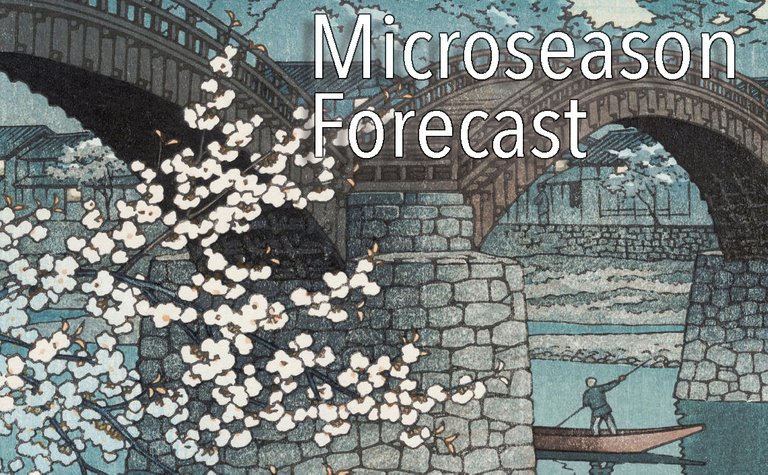
Today begins a new microseason! If this is your first time joining us, scroll down past the forecast to read about what exactly a microseason is. For the rest of you, let’s jump in!
The Current Solar Term: Keisatsu
Today, March 6th, begins Keisatsu (啓蟄), the 3rd solar term (節気, sekki), which means Insects Wake Up.
The ground is warming, enough that the creatures that have hibernated underground are starting to wake up. In China it was once said that the first thunderstorm was around now and that wakes up the creatures.
In Japan I don’t think we are getting any thunderstorms for awhile yet, but the old meaning stays with us.
Keisatsu lasts until March 20th.
The Current Microseason: Hibernating Insects Come Out
Today, March 6th, begins 蟄虫啓戸, the 7th microseason (候, kō) which is read sugomo mushito o hiraku and means Hibernating Insects Come Out. This is the first microseason of Keisatsu, which is itself the 3rd solar term of spring.
In addition to the bugs waking up, people are too! This is the time when we gaze out the windows at the sunny weather and it temps us to go outside, take walks, enjoy the waking nature, and enjoying the more and more mild breeze.
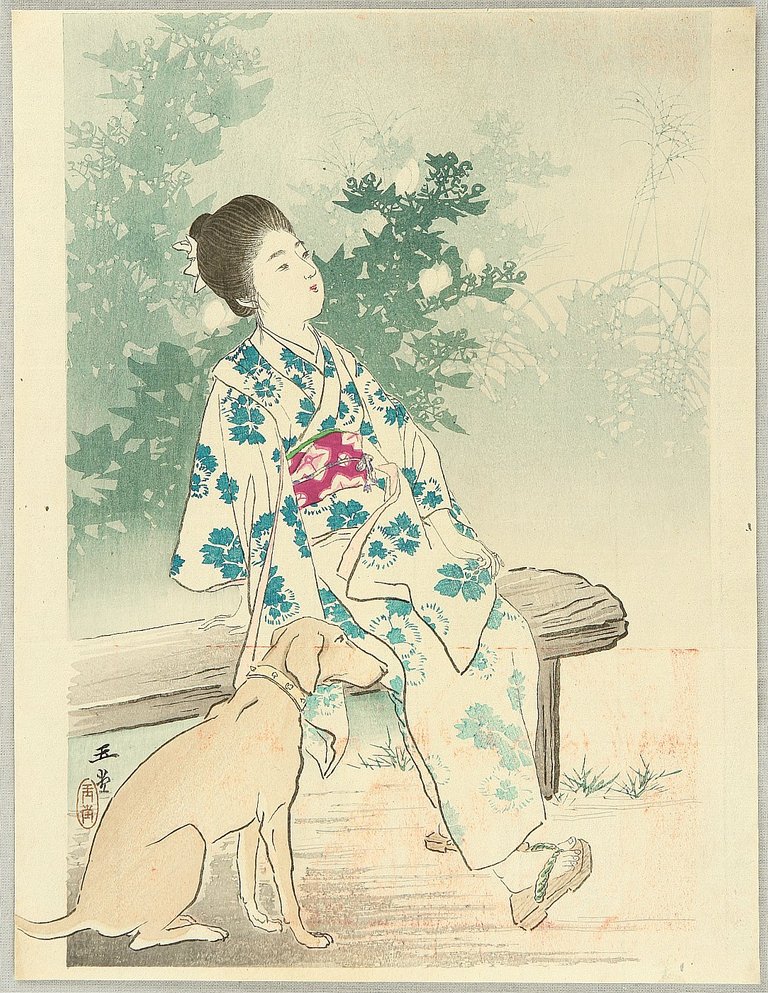
Seasonal Vegetable: Wasabi
Unfortunately most cheap wasabi you find in sushi shops and stores is not really wasabi, but horseradish died green. Sometimes at the stores this is labeled “Western wasabi”, but not always. Real wasabi is fairly expensive, so you aren’t likely to find it unless you go to higher-priced places. If you’ve never tried the real stuff, it is really good. It loses it’s flavor really fast though, within 15 minutes, so best to consume quickly after grating it.
As with many traditional Japanese foods, it won’t surprise you to hear it is quite healthy. It has antibacterial effects, which may be one of the reasons it was originally used with sushi—to kill any parasites present. IN addition, it helps control inflammation. It has also been shown to have some anti-cancer properties in various studies. All great reasons to add it to your diet!
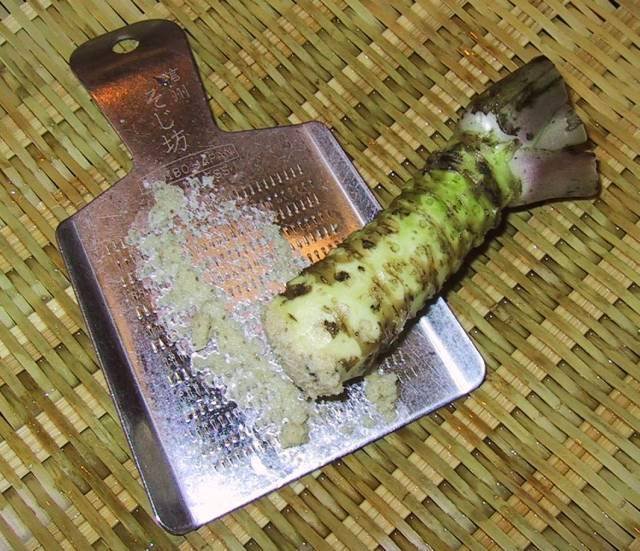
Here is a haiku for this microseason:
yama yaki no akari ni kudaru yobune kana
light the night boat
floating downriver
Yama yaki is an old custom of setting fire to the old dead weeds on the mountains to make way for new growth. The most famous yama yaki ritual took place in Nara on Mt Wakakusa on the 11th day of the second month (around the first week of March on the modern calendar). It dates to the Karakura period (1192–1333). These days they actually moved this event up instead of back, changing it to the fourth Saturday in January.
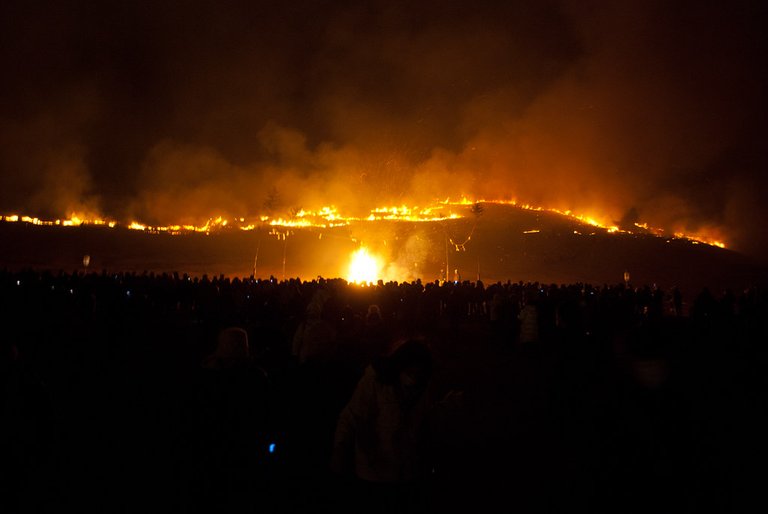
Will move this info to another post one of these days, but for now, briefly:
- Each month has two seasons, called solar terms (節気, sekki), giving us a total of 24 seasons. This gives the system its name, the 24 Sekki (二十四節気). I usually refer to this entire system as The Japanese Almanac. It is more than a little similar to the American Farmer’s Almanac.
- Each of these 24 seasons is further subdivided three more times, giving us a grand total of 72 seasons, or microseasons (候, kō).
- Each microseason is about 5 days. With time periods so short, they can get pretty specific about what in nature we might expect to be happening around now.
- The system was originally from China, but it was reformatted during the Edo Era (1603–1868) to fit better with Japan’s climate. I find it also fits fairly well with much of the Midwest in the Eastern half of the US. But if you live in a different area, your milage may vary.
- The entire system is based on the equinoxes and solstices, so it is fluid and the exact dates will vary by a day or two from year to year. Luckily there are a great many Japanese sources that do the astrological computations for us and tell us exactly when each one starts and ends every year.
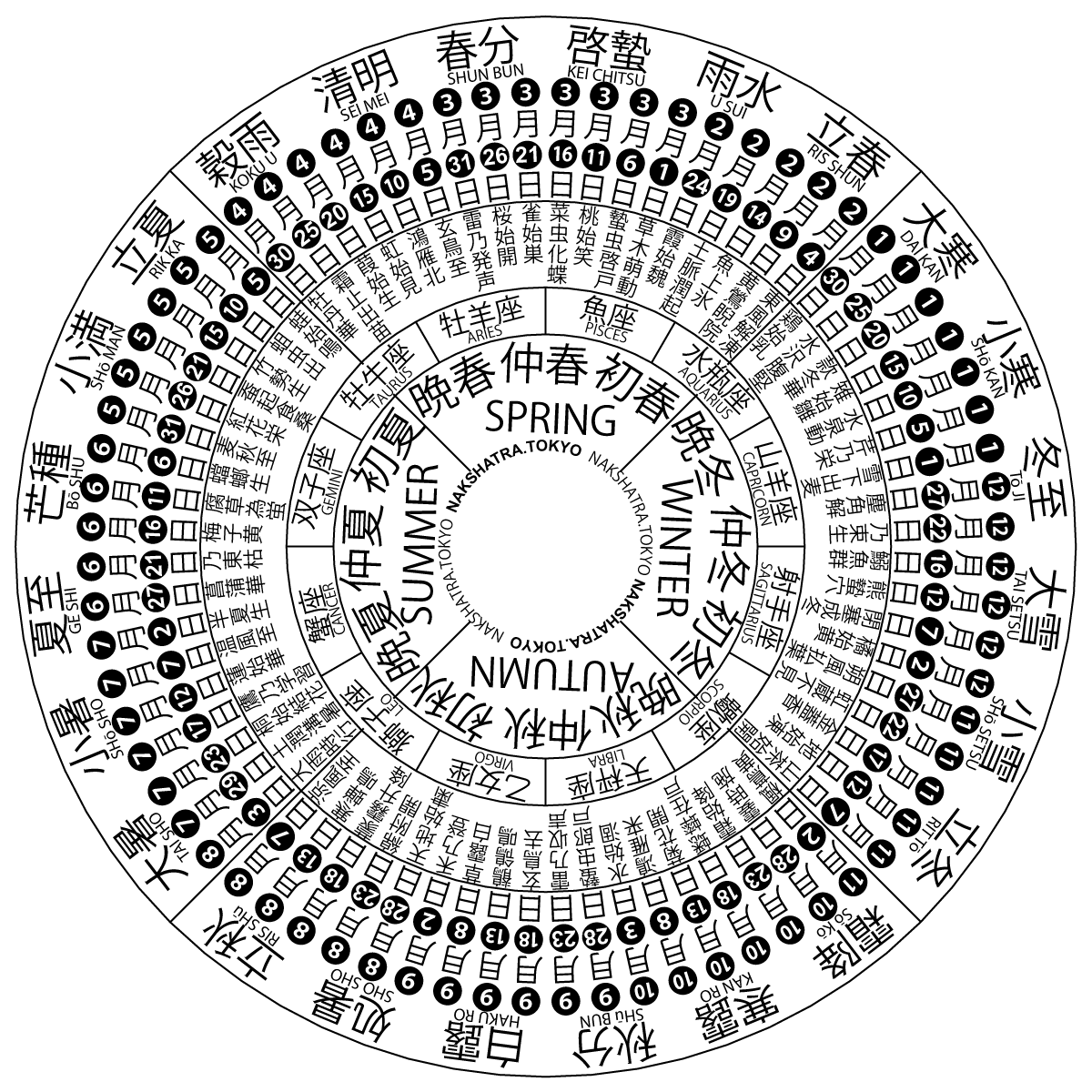
The next microseason starts on March 11th. See you then for the next forecast!
- Photo 1, wasabi with grater, by Chris 72, licensed under the Creative Commons 3.0
- Photo 2, burning mountain, by nwhitely, licensed under the Creative Common 2.0
- haiku translation, by me, feel free to use but please refer to me if you do
❦
 |
David LaSpina is an American photographer and translator lost in Japan, trying to capture the beauty of this country one photo at a time and searching for the perfect haiku. |
If this blog post has entertained or helped you, please follow/upvote/reblog. If you want to further support my writing, donations are welcome.